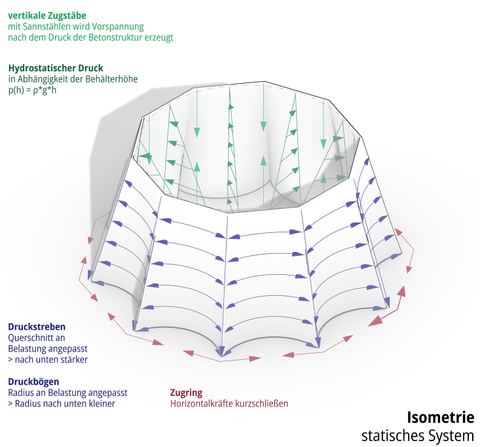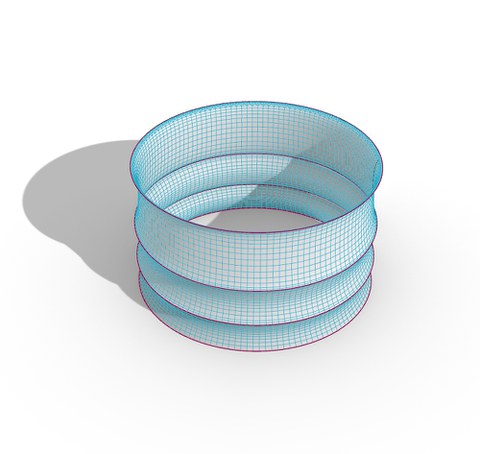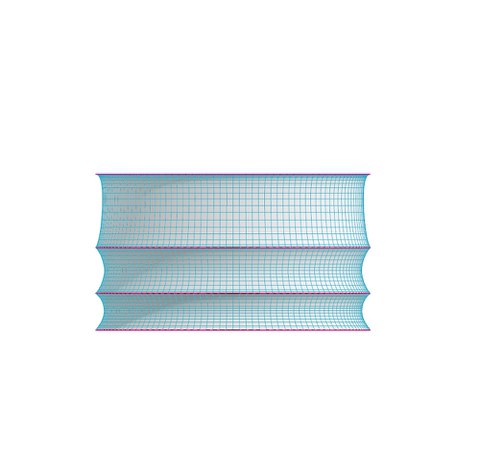TOP-STORE: Material-efficient and fully recyclable 3D printed concrete structures for infrastructural purposes
With numerically controlled manufacturing techniques geometrically complex superstructures and structural elements can be manufactured with significantly less material and labor compared to just a few years ago. Particularly concrete 3D printing seems to be evolving towards a disruptive manufacturing method. Offering not only economic advantages but also great potential for design freedom and material-reducing optimization of components. However, there are also some significant disadvantages. The unresolved issue of the integration of reinforcement and other manufacturing limitations currently impede the direct substitution of traditional concrete construction methods.
The goal of the research project is to exploit the geometric freedom of the manufacturing technology. By controlling the flow of forces in the components through form-finding and optimization routines, the digital-parametric workflow enables the reduction of bending moments in the structure and the type of stress in the components can be designed according to material properties. The resulting spatial structures can be manufactured from printed concrete in combination with unbonded post tension elements. This approach utilizes the advantages of concrete 3D printing to a new extent and achieves progress in planning, production, resource consumption, and recyclability. The digital development environment allows the vertical integration of all planning and simulation steps into a comprehensive model and direct link to manufacturing. The focus of the project, besides the parametric framework, is the structural elaboration of the connections between 3d printed, unreinforced concrete structures and the post tensioning tendons.
The emphasis of our work in the project is the theoretical background and the development of the parametric process. Mockups are printed and tested for practicability and load-bearing capacity by technology leading industry partners. The first envisaged application is expected to be a sensitive thermal storage unit.



